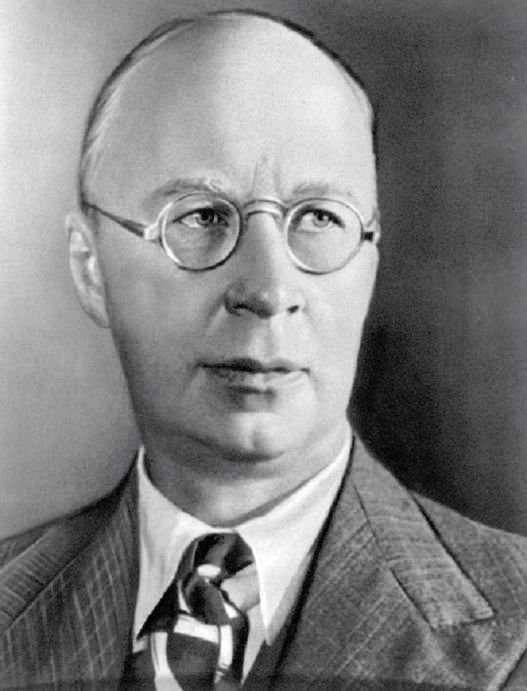|
||
|
Romeo and Juliet was composed by Prokofiev in 1935. It was part of a new movement towards "dramatised ballet", promoted by the Kirov Ballet as a reaction against works which were simply vehicles for choreographic display. Originally it was given a happy ending in stark contrast to all previous versions. However this change did not go down well with the soviet cultural officials and caused a postponement of the planned first performance. The conductor Yuri Fayer then persuaded Prokofiev to revert to the traditional ending. The first production was given in 1938 in Brno, now in the Czech Republic, and the first soviet production did not take place till 1940. Since then the ballet has been performed regularly, and is widely regarded as one of Prokofiev's finest works, and among the greatest of all ballet scores. Prokofiev's music shows a strong influence of Tchaikovsky, particularly in its delicate characterisation, lyrical beauty and emotional intensity. It has also many original traits notably the use of unprepared dissonances, rhythmic irregularities and the use of octave displacements in the melodies, which give it an acerbic character. The orchestration of the ballet has also new features, for example the use of the tenor saxophone and the piano. The tragic final movement was played at Prokofiev's funeral in 1953, however not in the manner befitting a composer with so high an international reputation. It was played in a tape recorded version, and the funeral cortège was strewn with paper flowers. Stalin had died just a few hours before Prokofiev, and all the musicians and all the fresh flowers in Moscow had been commandeered for his funeral. Romeo and Juliet Suite No. 2 was performed by the Portobello Orchestra on the 6th December 2014, conducted by Matthew Rogers. back |

